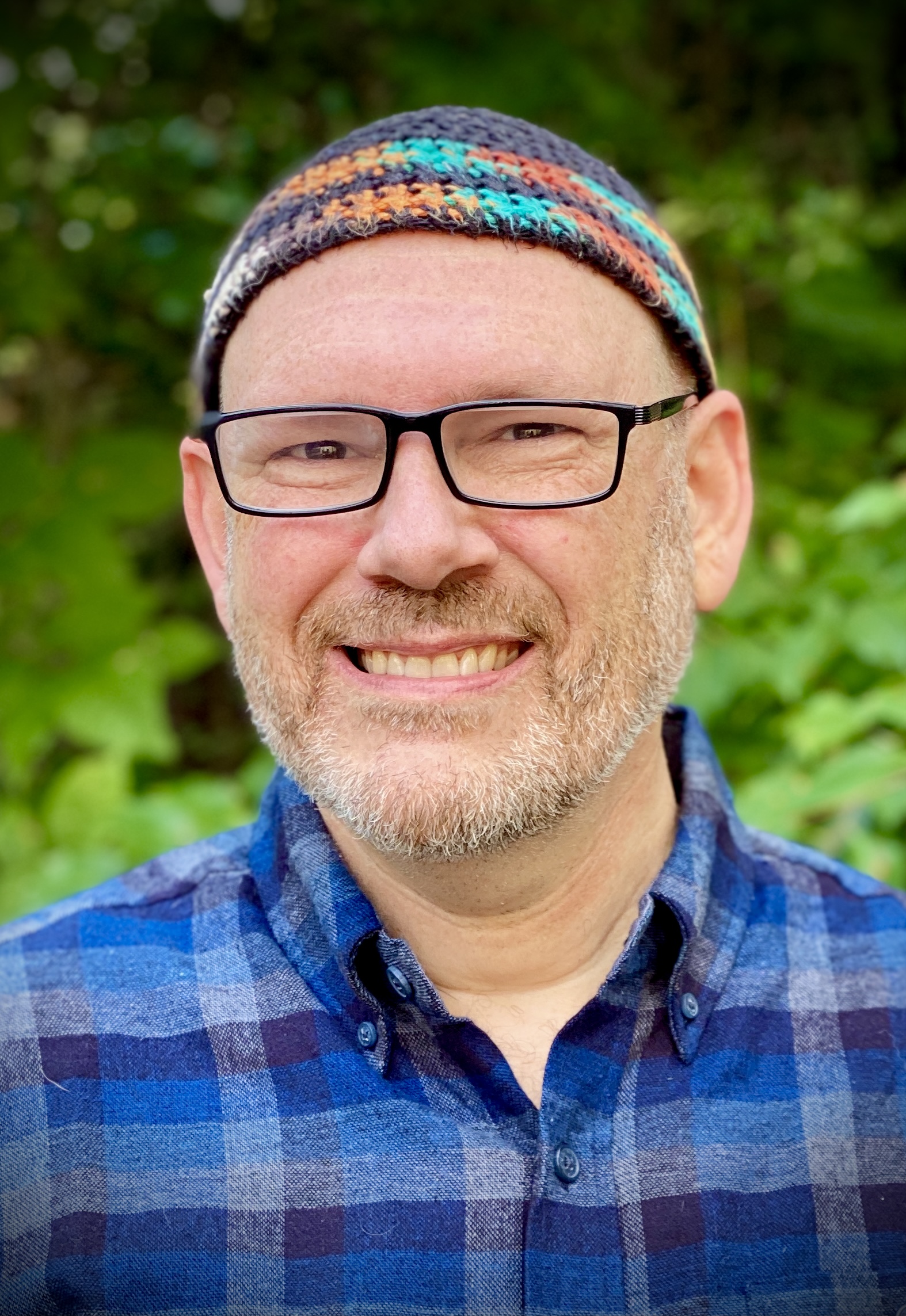This four-part series of video presentations is based on an online course developed by Rabbi Maurice Harris, Reconstructing Judaism’s Associate Director for Thriving Communities and Israel Affairs Specialist. The video recordings of the four 90-minute sessions offered below were presented in February 2024 as part of a program sponsored by West End Synagogue (New York, NY, USA). There is also a “bonus” supplemental video about the impacts of Stalin and the USSR on the Israeli-Palestinian conflict included below.
About the series: Rabbi Harris uses a dual-narrative approach to the study of the conflict. A dual-narrative approach emphasizes that Israelis and Palestinians have each developed their own narratives of the conflict. By learning both of these narratives well, we become better able to understand the assumptions, feelings, and motivations of the people involved in the conflict, and we also gain insight into why this particular conflict contains so many disputed facts.
Rabbi Harris believes that people interested in resolving the Israeli-Palestinian conflict need to understand both peoples’ narratives and experience feelings of empathy for both sides. He also acknowledges that he is not a neutral party. Identifying himself as a progressive Zionist, Rabbi Harris repeatedly urges people who watch the videos to seek out other points of view. The views and analysis presented are entirely the his, and do not speak for Reconstructing Judaism as an organization.








